Get in touch
Affordable Massage Blog
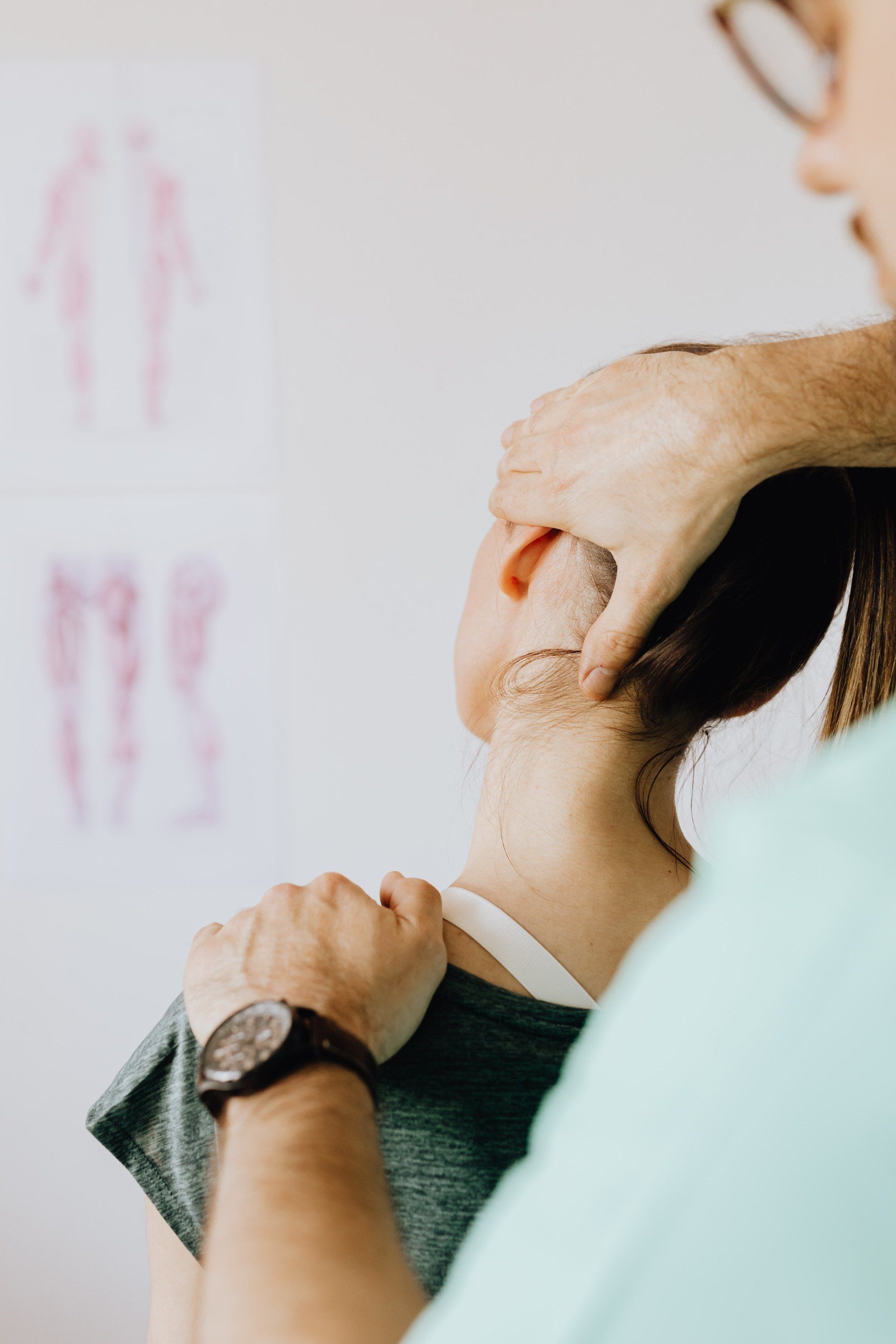
23 Apr, 2024
Massage therapy and chiropractic adjustments are two popular methods for treating a variety of physical ailments. While they share similarities, they are not the same, and each has its strengths. If you’re experiencing pain or discomfort, it’s essential to understand when to opt for a massage and when a chiropractor might be the better choice. In this blog, we’ll discuss the differences between massage therapy and chiropractic care, and help you determine which is best for you. Understanding Massage Therapy Massage therapy focuses on manipulating the muscles and soft tissues of the body to promote relaxation and reduce tension. It’s often used to relieve stress, alleviate muscle soreness, and improve circulation. A massage can also improve flexibility and help with chronic pain. There are various types of massage therapy, including Swedish, deep tissue, and sports massage, each designed for specific needs. When to Choose a Massage Massage therapy is ideal if you’re experiencing muscle tension, stress, or mild muscle pain. It’s also great for relaxation and promoting overall well-being. If you’re looking for a non-invasive way to unwind and loosen tight muscles, massage therapy might be the best choice. Here are a few situations where a massage could be helpful: Stress Relief: If you’re feeling stressed or overwhelmed, a massage can help you relax and clear your mind. Muscle Soreness: For those with sore muscles from exercise or physical activity, massage therapy can provide relief. Improved Circulation: Massage can help improve blood flow, which is beneficial for overall health. Flexibility and Range of Motion: If you’re looking to increase flexibility, a massage can help by loosening tight muscles and increasing your range of motion. Understanding Chiropractic Care Chiropractic care involves adjusting the spine and joints to correct misalignments and improve function. Chiropractors use hands-on techniques to apply controlled force to specific areas, aiming to restore proper alignment and alleviate pain. This type of care is commonly used to treat conditions related to the spine, such as back pain, neck pain, and headaches. When to Visit a Chiropractor Chiropractic care is most appropriate if you have misalignments in the spine or other joints that are causing pain or discomfort. If you’re experiencing back pain, neck pain, or chronic headaches, a chiropractor might be able to help. Here are some situations where chiropractic care might be beneficial: Back and Neck Pain: If you have chronic back or neck pain, chiropractic adjustments can help realign the spine and reduce pain. Headaches: Certain types of headaches, like tension headaches, can be caused by spinal misalignments. A chiropractor can help address these issues. Joint Problems: If you have joint pain or stiffness, a chiropractor can make adjustments to improve mobility and reduce discomfort. Sciatica: Sciatica occurs when the sciatic nerve is compressed or irritated, causing pain that radiates down the leg. Chiropractic care can help alleviate this condition. Which is Right for You? Choosing between massage therapy and chiropractic care depends on your symptoms and goals. If you’re dealing with muscle tension, stress, or general soreness, a massage might be best. However, if you have specific spinal or joint issues, a chiropractor could be the right choice. If you’re unsure which to choose, consider consulting with a healthcare professional. They can help you understand the source of your discomfort and recommend the appropriate treatment. Whether you opt for a relaxing massage or a chiropractic adjustment, both approaches can offer relief and improve your overall well-being.
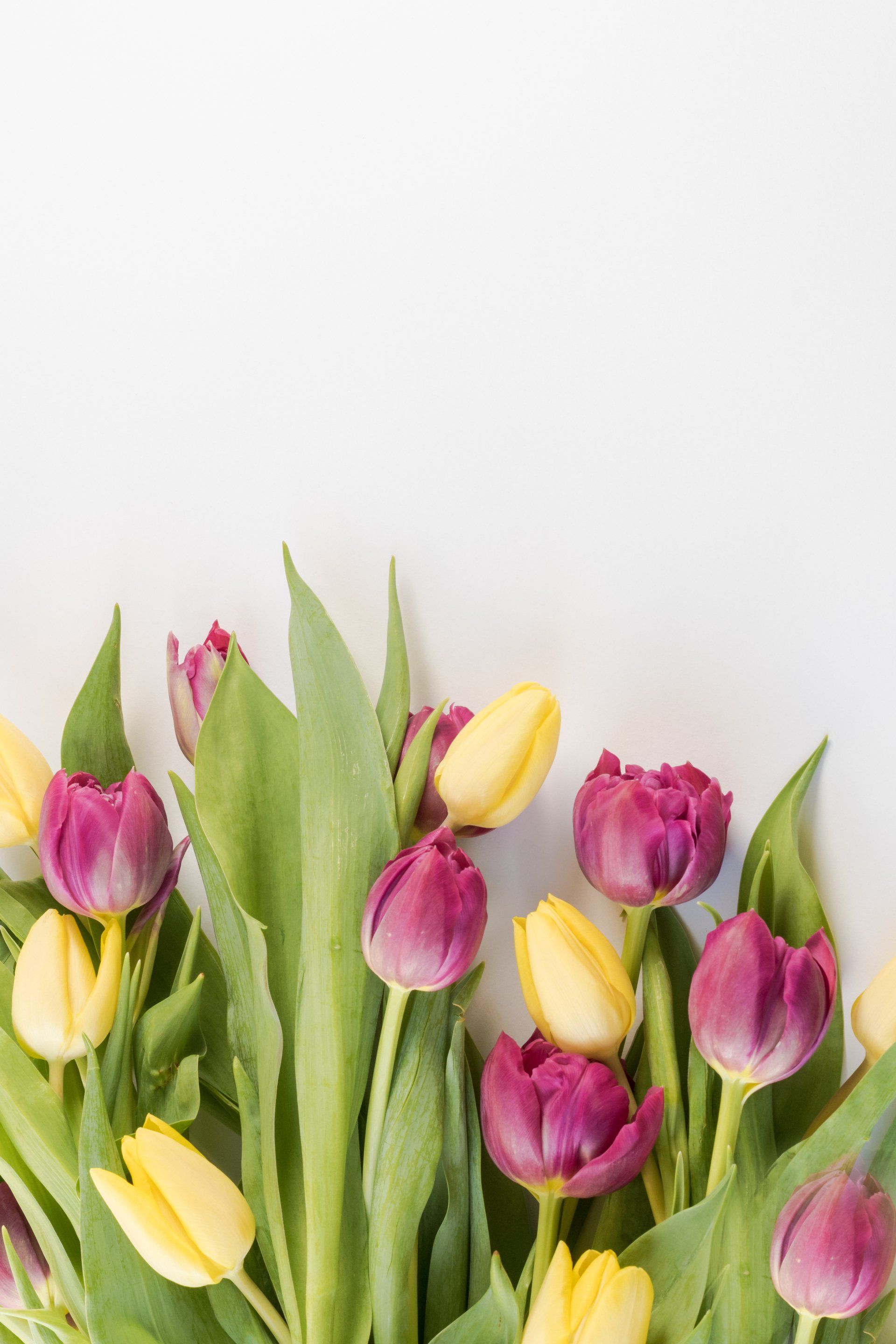
09 Apr, 2024
Spring brings warmer weather, blooming flowers, and unfortunately, seasonal allergies for many. If you're one of the millions who suffer from springtime allergies, you know how miserable the symptoms can be. But did you know that massage therapy can provide relief from allergy symptoms? In this blog post, we'll explore how massage can help alleviate the discomfort of springtime allergies and which techniques are most effective. Understanding Spring Time Allergies What Causes Spring Time Allergies? Springtime allergies, also known as hay fever or allergic rhinitis, are typically triggered by pollen from trees, grasses, and weeds. When these allergens are inhaled, they can cause the body's immune system to overreact, leading to symptoms such as sneezing, itching, and congestion. Common Symptoms of Spring Time Allergies Common symptoms of springtime allergies include sneezing, congestion, runny nose, itchy or watery eyes, and fatigue. These symptoms can range from mild to severe and can significantly impact a person's quality of life during the spring months. How Massage Can Help Alleviate Allergy Symptoms Reduction of Stress and Anxiety Massage therapy is well-known for its ability to reduce stress and anxiety levels. By promoting relaxation and reducing cortisol levels, massage can help to calm the body's stress response and alleviate allergy symptoms such as congestion and headaches. Improved Lymphatic Drainage Massage techniques such as lymphatic drainage massage can help to improve the flow of lymphatic fluid throughout the body. This can help to reduce swelling and inflammation in the sinuses, making it easier to breathe and alleviating congestion. Sinus Relief and Nasal Congestion Certain massage techniques, such as acupressure and facial massage, can target specific pressure points and help to relieve sinus pressure and nasal congestion. By promoting drainage of the sinuses and opening up blocked airways, massage can provide immediate relief from allergy symptoms. Best Massage Techniques for Allergy Relief Facial Massage Facial massage techniques such as gentle stroking and tapping can help to stimulate blood flow to the sinuses and promote drainage. Focus on massaging the forehead, cheeks, and bridge of the nose to relieve sinus pressure and congestion. Head and Scalp Massage A head and scalp massage can help to relax the muscles around the head and neck, reducing tension and alleviating headache symptoms. Use circular motions and gentle pressure to massage the scalp, focusing on areas where tension is concentrated. Neck and Shoulder Massage Neck and shoulder massages can help to relieve tension and promote relaxation, which can indirectly alleviate allergy symptoms such as congestion and headaches. Focus on massaging the muscles around the neck and shoulders using kneading and stretching techniques. Conclusion Massage therapy offers a natural and effective way to find relief from the symptoms of springtime allergies. By promoting relaxation, improving lymphatic drainage, and targeting specific pressure points, massage can help alleviate congestion, sinus pressure, and headache symptoms associated with allergies. If you're struggling with springtime allergies, consider incorporating massage therapy into your wellness routine for much-needed relief.
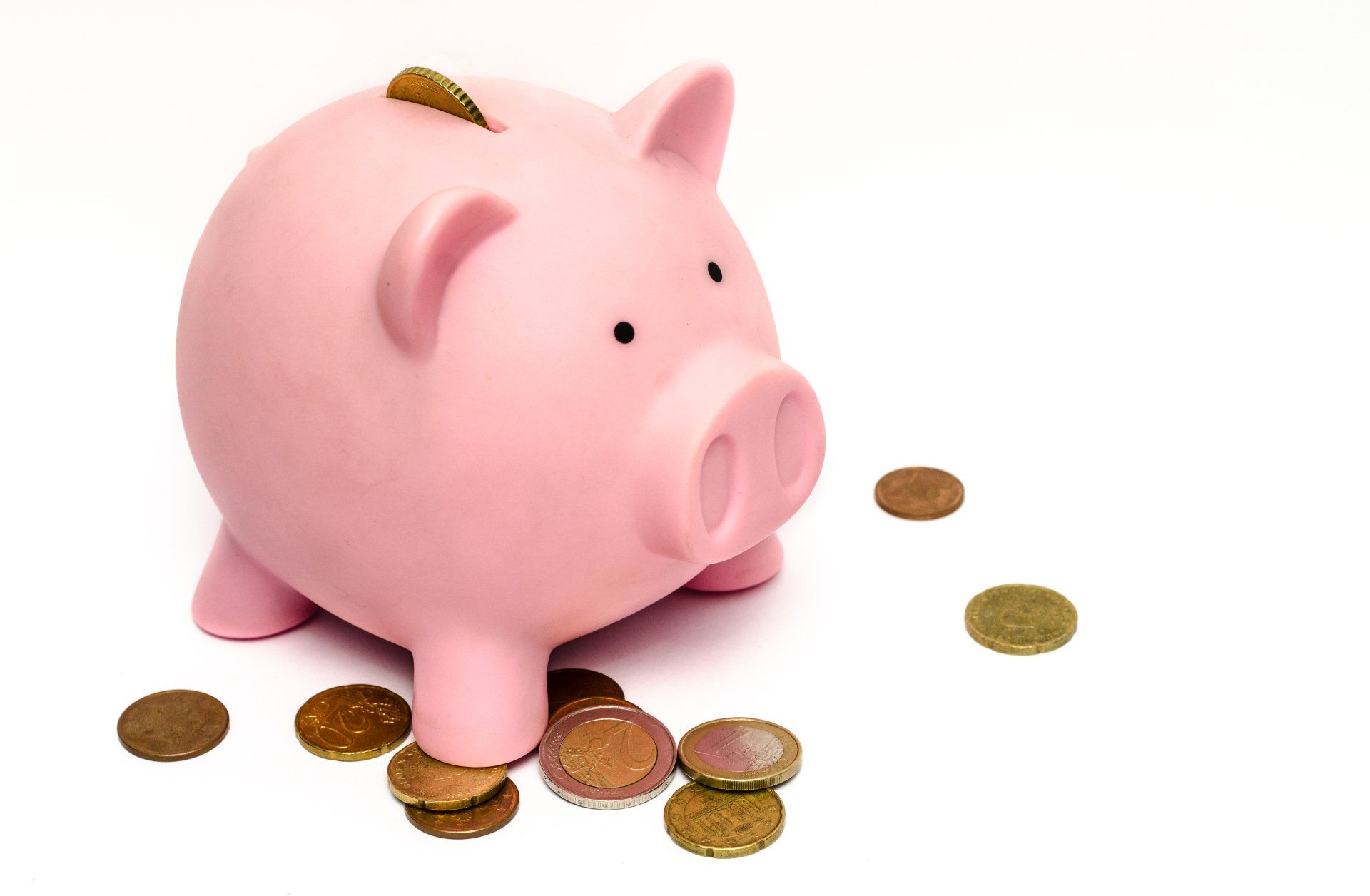
18 Mar, 2024
Massage therapy is an ancient healing art that offers a wide range of benefits, from relaxation to pain relief. If you're considering getting a massage but are unsure of what to expect or how much it will cost, you're not alone. In this blog post, we'll explore everything you need to know about massage therapy, including what to expect during a session and how much you can expect to pay. Understanding Massage Therapy Massage therapy is a hands-on manipulation of the body's soft tissues, including muscles, tendons, and ligaments. It is often used to promote relaxation, reduce stress, and relieve muscle tension and pain. Massage therapists use a variety of techniques, including stroking, kneading, and applying pressure to specific points on the body. How Does Massage Therapy Work? Massage therapy works by increasing blood flow to the muscles, which helps to flush out toxins and promote healing. It also stimulates the release of endorphins, the body's natural painkillers, which can help reduce pain and improve mood. Additionally, massage therapy can help to relieve tension in the muscles, improve flexibility, and promote overall relaxation. What to Expect During a Massage Session Preparing for Your Massage Before your massage session, you'll need to fill out a health history form and discuss any specific concerns or areas of pain with your massage therapist. You'll then be shown to a private room where you can undress to your comfort level and lie down on a massage table. Your therapist will leave the room to allow you to get comfortable and will knock before re-entering. During the Massage During the massage, your therapist will use a variety of techniques to manipulate your muscles and promote relaxation. You may feel some discomfort or tenderness, especially if you have areas of tension or injury. However, it's important to communicate with your therapist if you experience any pain or discomfort during the session. After the Massage After your massage, you may feel relaxed and rejuvenated, but you may also experience some soreness or fatigue, especially if it was a deep tissue massage. It's essential to drink plenty of water to help flush out toxins and promote healing. You may also want to schedule your next appointment to maintain the benefits of your massage therapy. Understanding Massage Therapy Costs Factors Affecting Massage Therapy Costs Several factors can affect the cost of a massage therapy session, including the location of the spa or clinic, the experience and training of the therapist, and the type of massage you receive. Additionally, add-ons such as aromatherapy or hot stone treatments may incur additional charges. Average Cost of a Massage Session The average cost of a one-hour massage session typically ranges from $50 to $150, depending on the factors mentioned above. Some spas or clinics may offer package deals or discounts for multiple sessions, so it's worth asking about any special offers when booking your appointment. Conclusion: Knowing what to expect and how much to pay for a massage therapy session can help you make an informed decision about your healthcare. By understanding the benefits of massage therapy and the factors that affect its cost, you can ensure that you receive the treatment you need at a price you can afford.

06 Mar, 2024
In today's fast-paced world, stress and anxiety have become all too common. However, it's essential to take time for self-care and relaxation to maintain our mental and emotional well-being. Here are 12 relaxation ideas to help you reduce stress and anxiety. Idea 1: Deep Breathing Exercises: One of the simplest yet most effective relaxation techniques is deep breathing. Practice deep, slow breaths, focusing on inhaling and exhaling fully. This can help calm the nervous system and promote relaxation. Idea 2: Progressive Muscle Relaxation: Progressive muscle relaxation involves tensing and then relaxing different muscle groups in the body. Start from your toes and work your way up to your head, paying attention to the sensations of tension and release. Idea 3: Mindfulness Meditation: Mindfulness meditation involves focusing on the present moment without judgment. Sit quietly and observe your thoughts, feelings, and sensations as they come and go. This practice can help reduce stress and increase self-awareness. Idea 4: Yoga and Stretching: Yoga combines physical postures, breathing exercises, and meditation to promote relaxation and flexibility. Even simple stretching exercises can help release tension in the body and calm the mind. Idea 5: Nature Walks: Spending time in nature can have a calming effect on the mind and body. Take a leisurely walk in a park or forest, focusing on the sights, sounds, and smells of the natural world. Idea 6: Aromatherapy: Aromatherapy involves using essential oils to promote relaxation and improve mood. Diffuse calming scents like lavender or chamomile, or add a few drops of oil to a warm bath for a soothing experience. Idea 7: Listening to Music: Music has a powerful effect on our emotions and can help reduce stress and anxiety. Create a playlist of your favorite calming tunes and take some time to relax and unwind while listening. Idea 8: Journaling: Writing down your thoughts and feelings can be a therapeutic way to process emotions and reduce stress. Take a few minutes each day to journal about your experiences, worries, and gratitude. Idea 9: Warm Baths: Taking a warm bath can help relax tense muscles and soothe the mind. Add some Epsom salts or essential oils to enhance the relaxation benefits and create a spa-like atmosphere. Idea 10: Visualization: Visualization involves imagining yourself in a peaceful and serene environment. Close your eyes and picture yourself in a place that brings you joy and relaxation, such as a beach or mountaintop. Idea 11: Reading: Reading can be an excellent way to escape from stress and immerse yourself in a different world. Choose a book that interests you and take some time to relax and unwind with a good read. Idea 12: Socializing: Spending time with friends and loved ones can provide support and companionship during stressful times. Whether it's a phone call, video chat, or in-person visit, connecting with others can help reduce feelings of isolation and anxiety. Conclusion: Incorporating these relaxation ideas into your daily routine can help you manage stress and anxiety more effectively. Remember to prioritize self-care and make time for activities that promote relaxation and well-being.
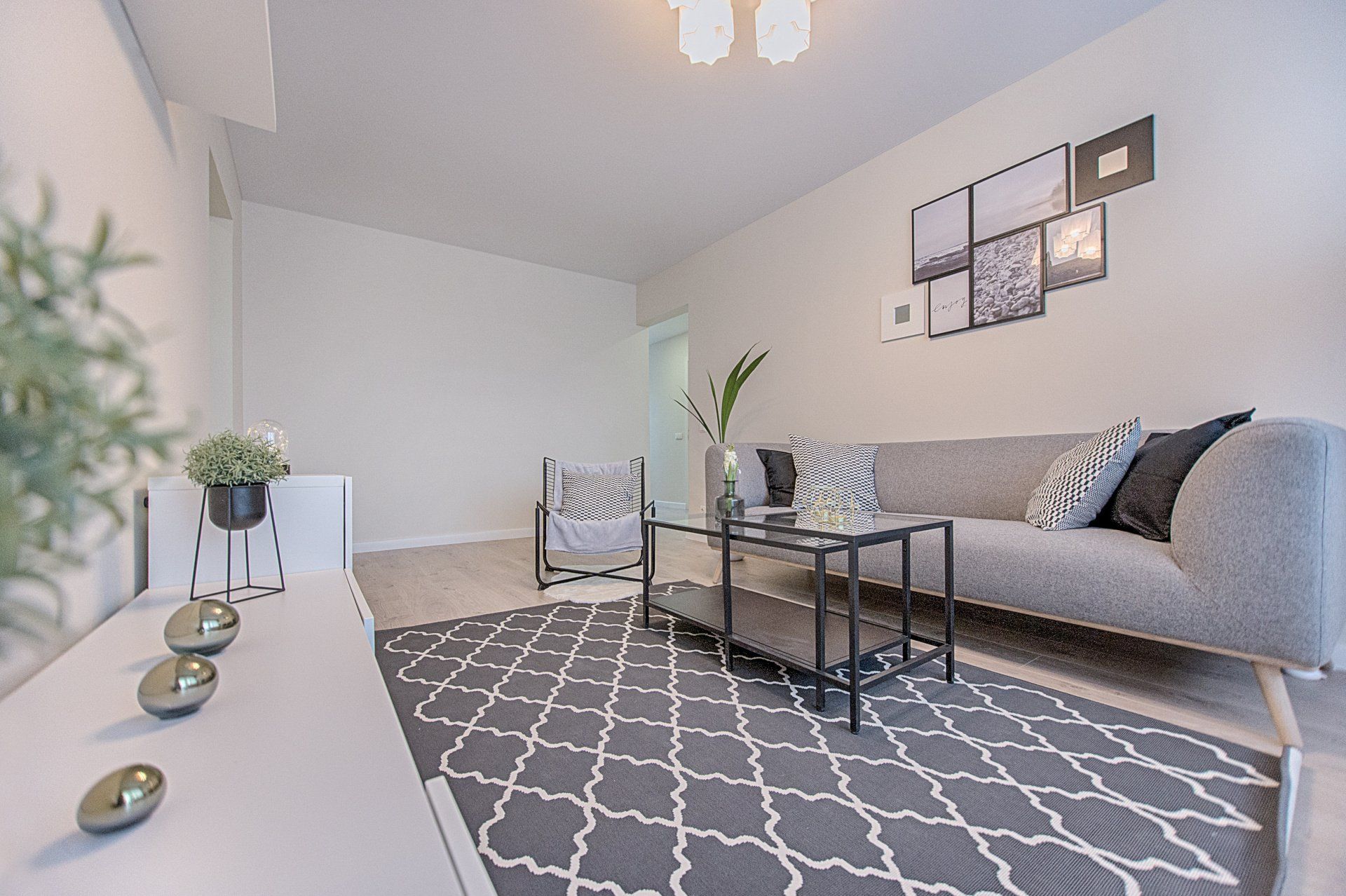
05 Feb, 2024
Massage isn't just a luxury reserved for spas. With a bit of know-how and a gentle touch, you can enjoy the benefits of various massages right in the comfort of your home. Here are 10 simple and effective massages you can try. Massage 1: Head and Neck Massage: Ease tension and promote relaxation by gently massaging your head and neck. Use circular motions with your fingertips to release stress in these common tension areas. This is especially effective after a long day. Massage 2: Shoulder Rub: Relieve shoulder tension by giving yourself a soothing shoulder rub. Use your opposite hand to knead the muscles, focusing on any knots or tightness. Don't forget to switch sides for a comprehensive massage. Massage 3: Hand Massage: Show your hands some love by massaging each finger and the palm. Pay extra attention to the joints, applying gentle pressure to release tension. This is a great way to alleviate hand strain from typing or repetitive tasks. Massage 4: Foot Massage: Refresh tired feet with a simple foot massage. Roll a tennis ball under your foot, focusing on the arch and heel. Additionally, use your thumbs to knead the sole and toes. Perfect after a day of standing or walking. Massage 5: Back Massage: For a DIY back massage, use a tennis ball against a wall. Roll the ball against your upper, middle, and lower back to target different muscle groups. Adjust the pressure based on your comfort level. Massage 6: Facial Massage: Boost circulation and relax facial muscles by gently massaging your face. Use your fingertips to apply light pressure in upward motions, focusing on the temples, jawline, and forehead. This can alleviate tension headaches. Massage 7: Scalp Massage: Promote relaxation and stimulate hair follicles with a soothing scalp massage. Use your fingertips to massage in circular motions. This not only feels good but can also improve blood flow to the scalp. Massage 8: Leg Massage: Ease leg fatigue with a simple leg massage. Use your palms and fingers to knead the muscles, starting from the thighs and working your way down to the calves. Focus on any areas of tightness. Massage 9: Arm Massage: Relax your arms by massaging from the shoulders down to the fingertips. Pay attention to the biceps, triceps, and forearm muscles. Incorporate gentle stretches to enhance flexibility. Massage 10: Full Body Massage: Combine elements from each massage for a full-body experience. Take your time to work through each area, adjusting the pressure based on your preferences. This comprehensive massage is perfect for overall relaxation. Conclusion: Now that you know these easy and effective home massages, you can turn any day into a spa day. Experiment with different techniques, and don't forget to listen to your body. Enjoy the benefits of relaxation and stress relief without leaving your home.

25 Jan, 2024
Massage therapy is surrounded by myths that can prevent people from fully enjoying its benefits. Let's debunk five common misconceptions and shed light on the truths behind them. Myth 1: Massages Are Only for Relaxation: While relaxation is a significant benefit of massage, its benefits extend beyond just unwinding. Massage therapy can also alleviate muscle tension, improve circulation, and even aid in pain management. Whether you seek relaxation or relief from specific issues, there's a massage tailored to your needs. Myth 2: No Pain, No Gain: Contrary to the belief that a massage has to be painful to be effective, a good massage should not cause excessive pain. Skilled therapists work within your comfort level, addressing tension without unnecessary discomfort. Communicate with your therapist to ensure the pressure is suitable for you. Myth 3: All Massages Are the Same: There's a diverse range of massage modalities, each serving unique purposes. From the gentle strokes of Swedish massage to the targeted pressure of deep tissue massage, the variety allows individuals to choose a technique that aligns with their preferences and specific health goals. Myth 4: Only Athletes Benefit from Sports Massage: While sports massage is indeed beneficial for athletes, it's not exclusive to them. This specialized massage can benefit anyone with musculoskeletal issues or those seeking deep tissue work. It's effective in preventing and recovering from injuries, making it valuable for individuals with active and sedentary lifestyles alike. Myth 5: You Shouldn't Get a Massage If You're Pregnant: Pregnant individuals can safely enjoy massages with the right precautions. Prenatal massage, specifically designed for expectant mothers, helps alleviate pregnancy-related discomfort. It's essential to communicate openly with your massage therapist about your pregnancy to ensure a safe and comfortable experience. Conclusion: By dispelling these myths, we hope to encourage more people to explore the diverse and accessible world of massage therapy. Whether you seek relaxation, pain relief, or specific health benefits, there's a massage modality suitable for you. Don't let misconceptions prevent you from experiencing the profound advantages that massage therapy can offer.
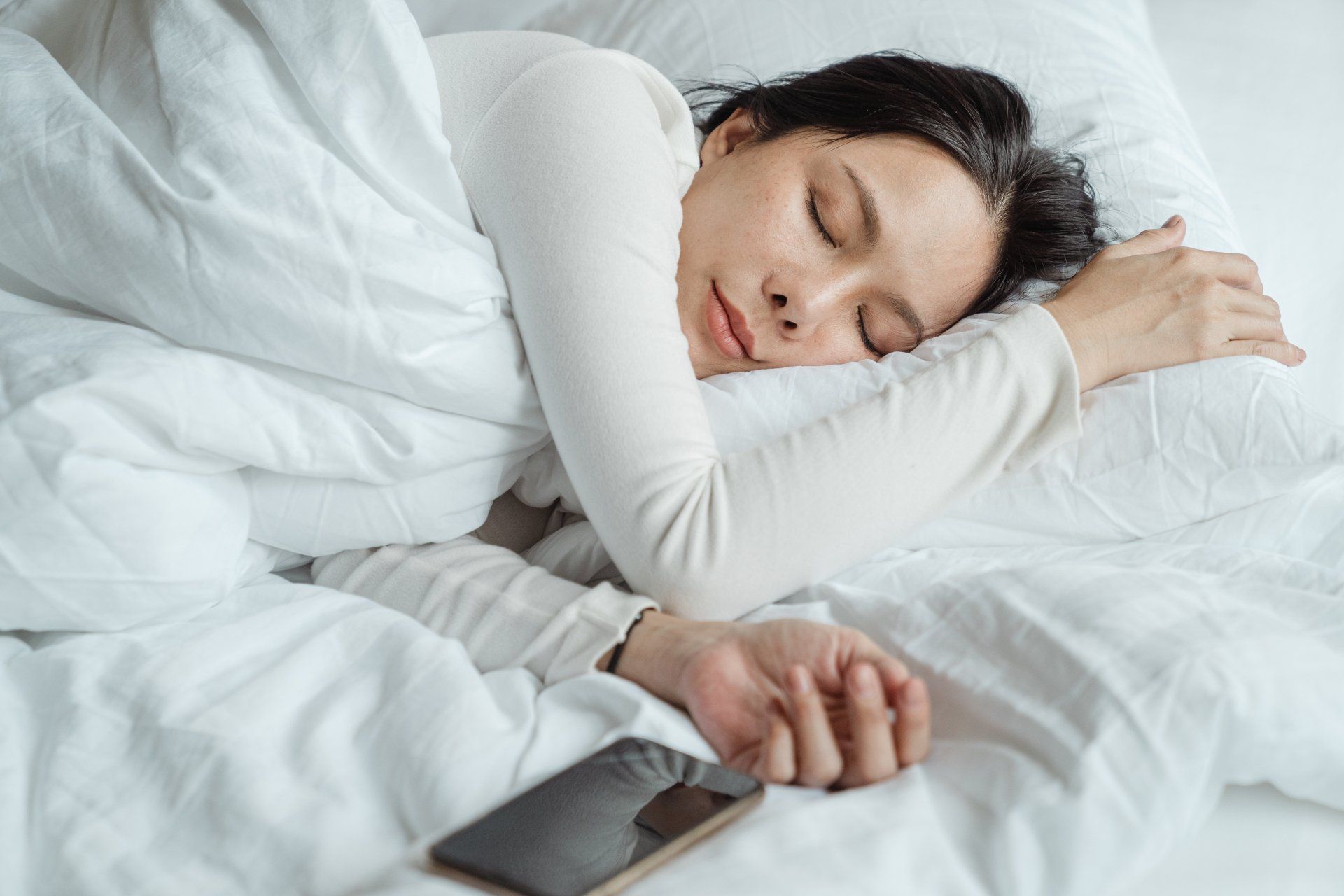
16 Jan, 2024
Sleep is a vital component of our well-being, and ensuring a good night's sleep begins with relaxation. Discover practical tips and techniques to unwind, helping you achieve the restful sleep your body deserves. Create a Calming Bedtime Routine: Establishing a calming bedtime routine signals to your body that it's time to wind down. Begin with activities that promote relaxation, such as reading a book, taking a warm bath, or practicing gentle stretching. Consistency is key; try to go to bed and wake up at the same time each day to regulate your body's internal clock. Embrace Relaxation Techniques: Incorporate relaxation techniques into your routine to ease the transition from a busy day to restful sleep. Techniques such as progressive muscle relaxation, where you tense and then release each muscle group, can alleviate physical tension. Additionally, guided imagery or visualization exercises can transport your mind to a peaceful place, fostering relaxation. Optimize Your Sleep Environment: Transform your bedroom into a sleep sanctuary. Keep the room cool, dark, and quiet. Invest in a comfortable mattress and pillows to support your body. Declutter your space to create a calming atmosphere. By optimizing your sleep environment, you enhance the conditions for a more restorative sleep. Unplug from Screens: The glow of screens before bedtime can disrupt your body's natural sleep-wake cycle. Aim to turn off electronic devices at least an hour before bedtime. Instead, engage in screen-free activities like reading a physical book, practicing gentle yoga, or enjoying a warm, caffeine-free beverage. This shift can signal to your body that it's time to unwind. Mindfulness and Breathing Exercises: Incorporate mindfulness and breathing exercises into your pre-sleep routine. Mindful breathing or meditation can help quiet a busy mind. Focus on your breath, inhaling and exhaling slowly and deeply. This simple practice can promote relaxation and reduce stress, paving the way for a more peaceful night's sleep. Conclusion: In the quest for a better night's sleep, relaxation is the key. By creating a calming bedtime routine, embracing relaxation techniques, optimizing your sleep environment, unplugging from screens, and incorporating mindfulness and breathing exercises, you set the stage for a restful and rejuvenating sleep. Experiment with these strategies and find the combination that works best for you, ensuring that you wake up feeling refreshed and ready to embrace the day.
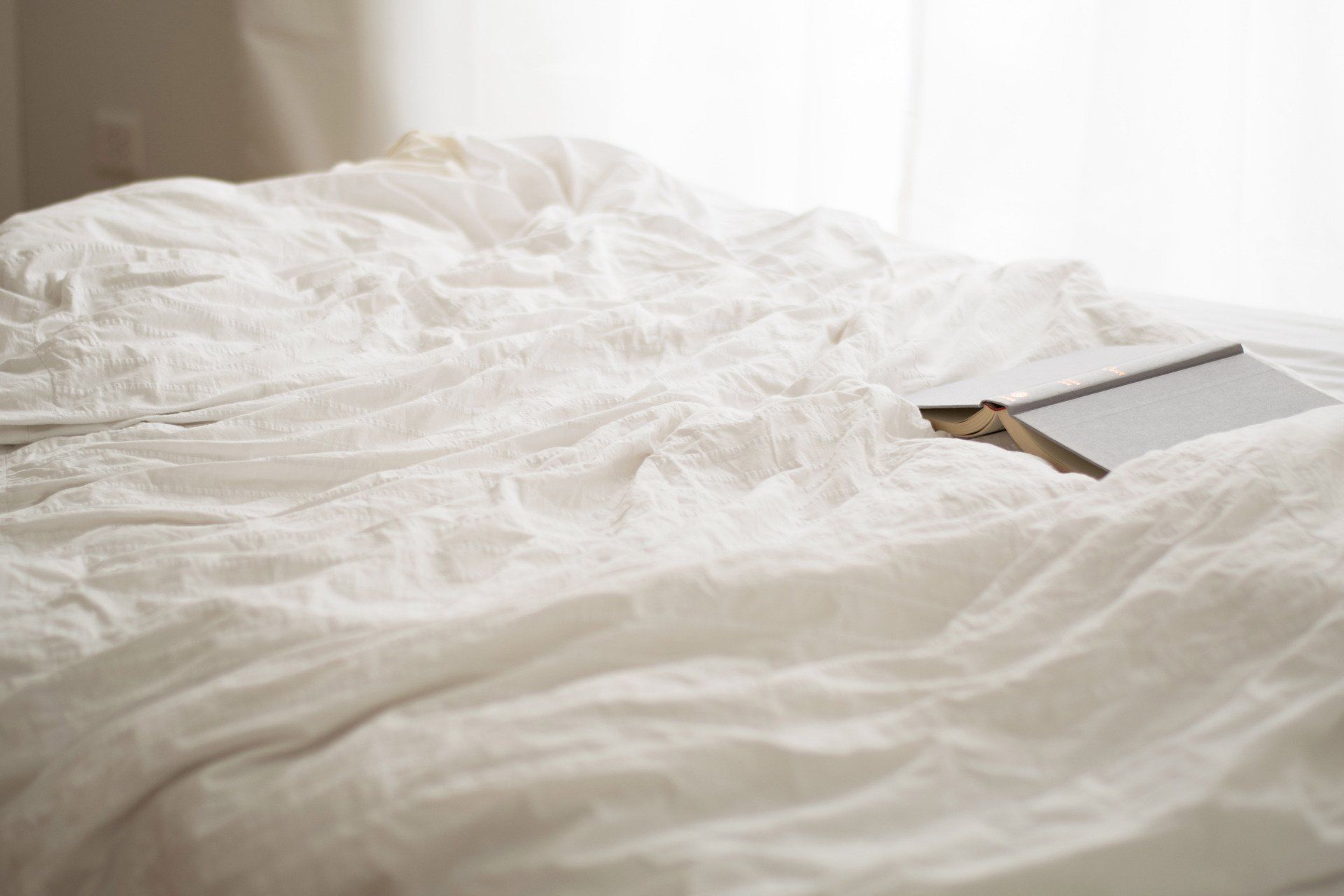
08 Jan, 2024
When it comes to the blissful world of massage, certain body parts stand out as favorites for relaxation and rejuvenation. Explore the top five body parts that most people delight in having massaged, each offering its unique form of tranquility and relief. 1. Back and Shoulders: The back and shoulders take the lead as the most cherished areas for massage. Accumulated tension and stress often manifest in these regions, making a massage focused on the back and shoulders a rejuvenating experience. From soothing strokes to targeted kneading, this area is a prime candidate for tension release. 2. Feet: There's something uniquely comforting about a foot massage. With numerous pressure points connected to various parts of the body, a foot massage not only relaxes tired muscles but also promotes overall well-being. Reflexology techniques make foot massages a popular choice for those seeking relaxation from the ground up. 3. Neck: The neck, often a repository for stress and stiffness, benefits greatly from massage. Gentle manipulation of the neck muscles can release tension, improve flexibility, and alleviate discomfort. Whether it's due to long hours at a desk or general strain, a neck massage is a welcomed and effective remedy. 4. Hands and Wrists: In a digital age where typing and texting are constant activities, the hands and wrists endure a significant amount of strain. A massage focusing on these areas can relieve tension, enhance flexibility, and provide much-needed relief for those dealing with conditions like carpal tunnel syndrome. 5. Head and Scalp: The ultimate stress-buster, a head and scalp massage, combines a soothing touch with the benefits of increased blood circulation. Beyond the physical benefits, it's a deeply relaxing experience that can alleviate headaches, promote better sleep, and leave you with an overall sense of calm. Conclusion: The top five body parts for massage represent not only areas of physical tension but also gateways to profound relaxation. Whether it's the robust relief of a back and shoulder massage, the grounding comfort of a foot massage, the targeted attention to the neck, the rejuvenation of hands and wrists, or the tranquil experience of a head and scalp massage, each area contributes to the overall well-being. So, why not treat yourself to a massage that focuses on your favorite body part and experience the blissful benefits for yourself?
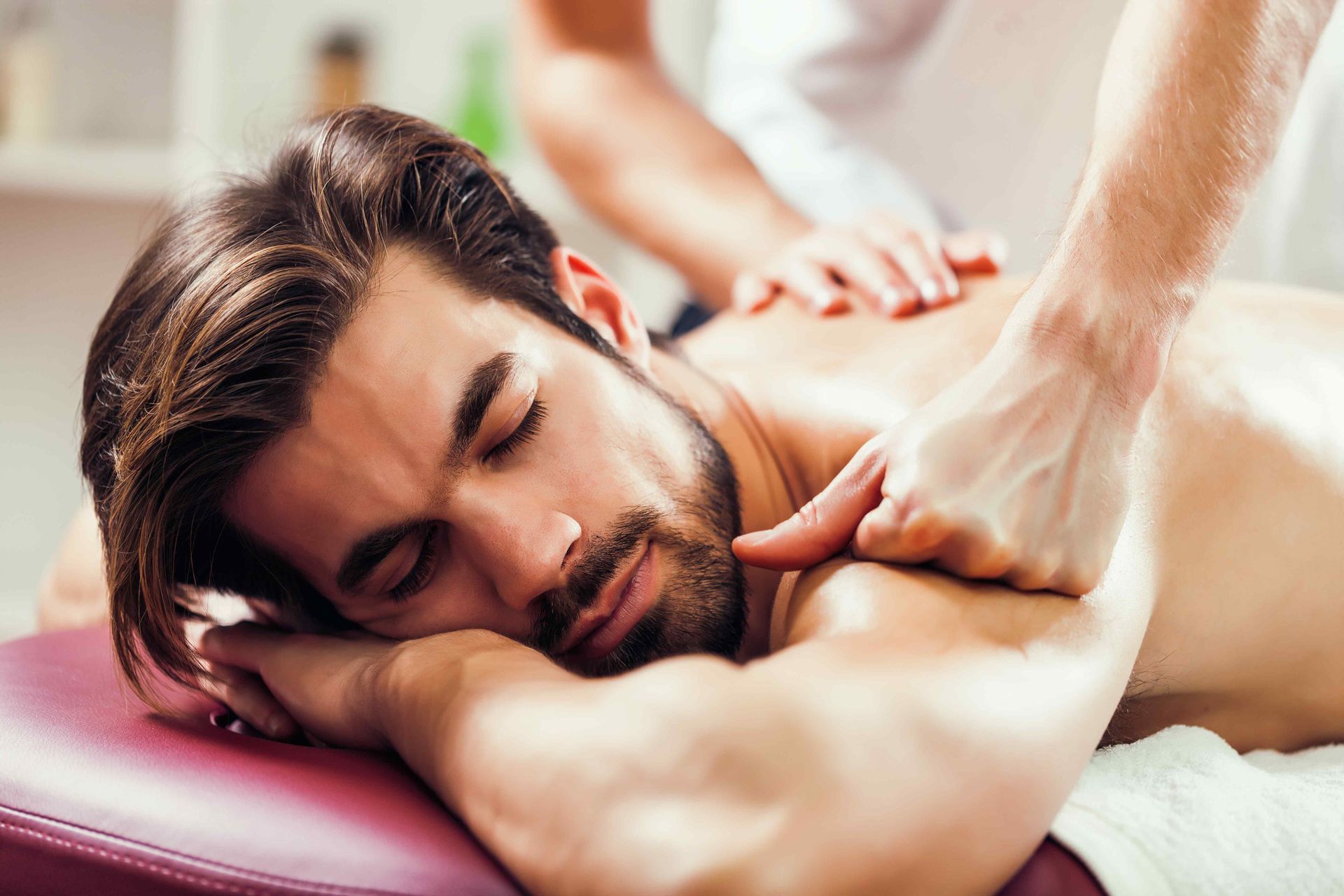
21 Dec, 2023
When it comes to relaxation and wellness, the world of massage therapy offers a diverse range of techniques, each with its unique benefits. Discover the top five most popular massages that people around the globe enjoy for their soothing and therapeutic effects. 1. Swedish Massage: Originating in Sweden, the Swedish massage is a classic and widely practiced technique known for its gentle yet effective approach. Long, gliding strokes, kneading, and circular movements characterize this massage, promoting relaxation, improved blood circulation, and stress relief. 2. Deep Tissue Massage: For those seeking relief from chronic muscle tension and knots, the deep tissue massage is a go-to choice. This technique involves applying firm pressure to reach deeper layers of muscles and connective tissue. It's particularly beneficial for addressing specific areas of tension and promoting muscle recovery. 3. Hot Stone Massage: Indulge in the therapeutic warmth of a hot stone massage, where smooth, heated stones are strategically placed and used in combination with massage strokes. The heat enhances muscle relaxation and helps alleviate tension. Hot stone massage is a favorite for its calming and grounding effects. 4. Sports Massage: Tailored for athletes and active individuals, sports massage focuses on preventing and treating injuries, improving flexibility, and enhancing athletic performance. It involves a combination of techniques such as stretching, compression, and deep tissue work to target specific muscle groups. 5. Aromatherapy Massage: Engage your senses with the aromatic bliss of an aromatherapy massage. This technique combines the benefits of massage with the therapeutic properties of essential oils. Each oil is selected for its unique properties, ranging from calming lavender to invigorating eucalyptus, creating a holistic and immersive experience. Conclusion: The popularity of these five massage techniques speaks to the diverse needs and preferences of individuals seeking relaxation and well-being. Whether you prefer the gentle strokes of Swedish massage, the targeted pressure of deep tissue massage, the soothing warmth of hot stone massage, the tailored approach of sports massage, or the aromatic journey of aromatherapy massage, there's a massage style for everyone. Explore and discover the one that best suits your needs for a rejuvenating experience.

13 Dec, 2023
As the year comes to a close, it's a natural time for reflection and setting intentions for the year ahead. Embrace the opportunity to step into the new year with a refreshed body and mindset through the transformative experience of a full-body massage. Reflecting on the Past Year: Before diving into the excitement of the new year, take a moment to reflect on the past year's challenges and triumphs. Acknowledge the growth and lessons learned, setting the stage for a purposeful transition into the next chapter. Setting Intentions for the New Year: The new year often comes with resolutions and aspirations. Instead of rigid goals, consider setting intentions — guiding principles that align with your values. Whether it's prioritizing self-care, fostering positive relationships, or pursuing personal growth, intentions lay the foundation for a fulfilling year. The Role of Self-Care in Transformation: Self-care is more than a buzzword; it's a powerful catalyst for transformation. Incorporating regular self-care practices, such as full-body massage, into your routine is a proactive way to nurture your well-being. Taking care of yourself physically and emotionally creates a strong foundation for achieving your aspirations. The Healing Power of Full Body Massage: A full-body massage is more than a luxurious indulgence; it's a therapeutic experience that contributes to holistic well-being. The skilled touch of a massage therapist releases tension, improves circulation, and promotes relaxation. This physical reset sets the stage for a mental and emotional shift. Mindset Shifts and Relaxation: Relaxation isn't just a state of being; it's a mindset. A full-body massage induces a state of deep relaxation, quieting the mind and allowing for introspection. As the tension melts away from your muscles, so too can the mental clutter, creating space for positive thoughts and a renewed perspective. Conclusion: As you step into the new year, consider the profound impact that a full-body massage can have on your journey. From reflecting on the past to setting intentions, embracing self-care, and experiencing the healing touch of massage, you're cultivating a foundation for a year of positive transformation. Cheers to the new year, a new body, and a new mindset.
Business Hours
- Mon - Fri
- -
- Saturday
- -
- Sunday
- -
